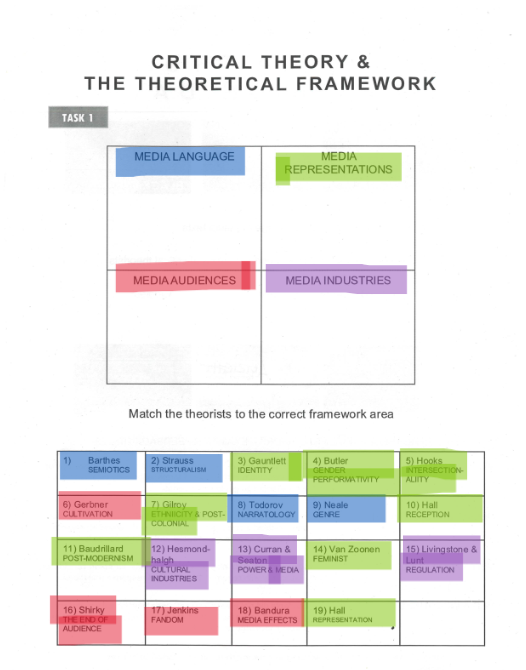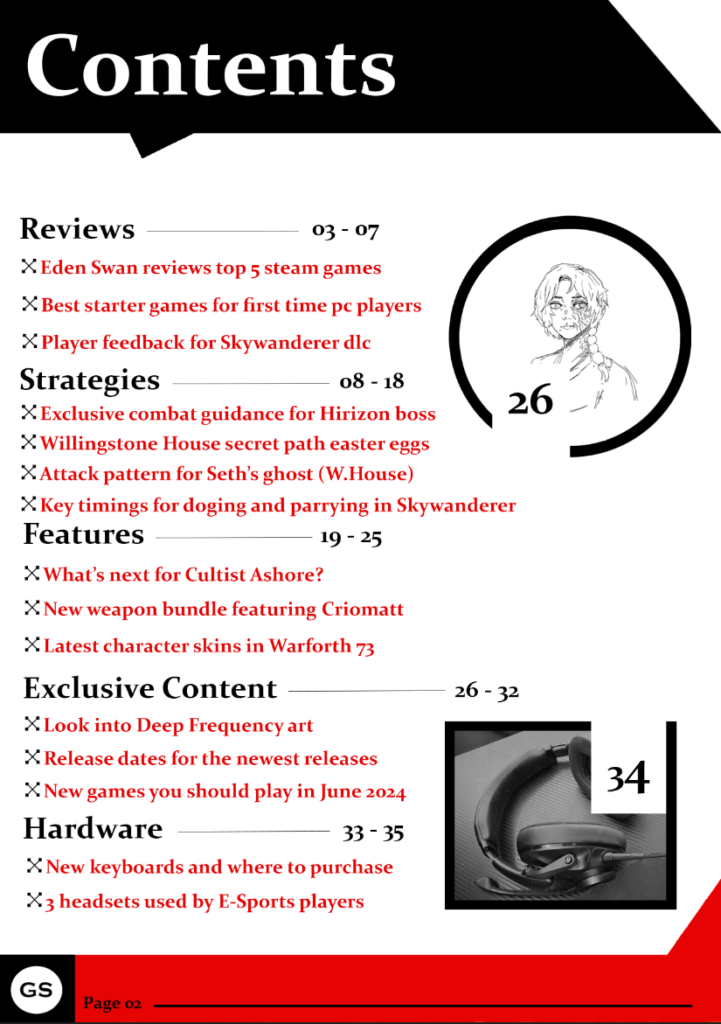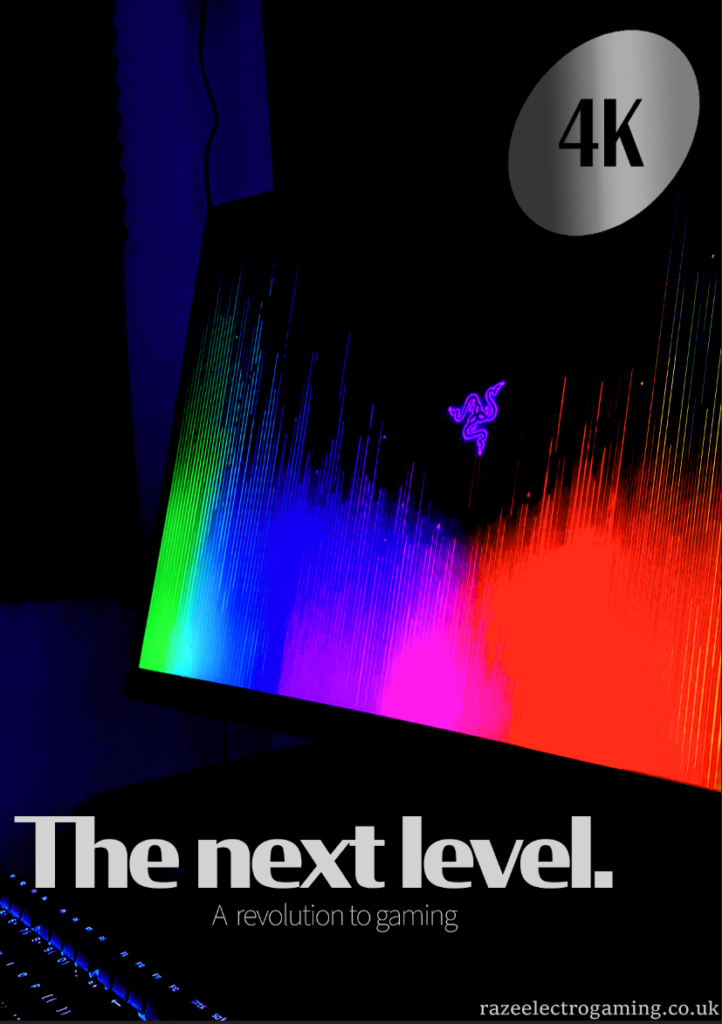Task 2:
- Why, according to the news report, do investors like the video game industry so much?
Investors like the video game industry because of it’s rising popularity, roughly 26% of the world’s population are gamers, and revenue, In 2020, the gaming industry generated $155 billion in revenue.
It is a form of competition using video games. Esports often takes the form of organized, multiplayer video game competitions, particularly between professional players, played individually or as teams.
- How is new digital media technology changing the way that video games are accessed by consumers?
The percentage of time spent gaming on mobile devices has eclipsed these more traditional gaming platforms and the influence of the internet.
Producers are now able to directly connect with players, share updates, and get feedback, building a community around a game, this boosts player engagement.
- What does FPS and MMORP stand for?
FPS stands for First Person Shooters and MMORP stands for Massively Multiplayer Online Role-Playing.
Video Games and Moral Panics
The term Moral Panics was coined by Stanley Cohen. The term refers to a mass movement based on the false or exaggerated perception that some cultural behaviour or group of people is dangerously deviant and poses a threat to society’s values and interests.
Goode and Nehuda suggested that moral panics are defined by at least five crucial element, these are:
- Concern – In this first stage of a moral panic, there is a heightened level of concern towards some sort of deviant behaviour or concept. This concern, or fear, is evident in the increased media attention, such as editorials, exclamatory headlines, trends and the number of shares and retweets.
- Hostility – The negative reporting of the events increases the level hostility against the group of people in question. They are consistently categorised as the enemy of society because they are threatening the established order and values. They are stereotyped and defined as the Other.
- Consensus – In a moral panic, there must be widespread agreement, or consensus, that the threat posed by the deviant behaviour is substantial and serious.
- Disproportionality – The media’s representation of the deviant behaviour is disproportionate to the actual threat.
- Volatility – Moral panics are unpredictable and volatile. They can “erupt fairly suddenly” or “lie dormant” until another scandal hits the headlines.
Task 3: Apply the above to any of the video game case studies featured.
Task 4: Case Studies
Case study one: Sandy Hook shootings influenced by “Call of Duty” and other FPS games.
Case study two: Korean couple starve child 2014 while raising virtual one online in MMORP.
Research into the affects of video games on audiences
The Byron Review 2008 – This study highlighted the need of PEGI ratings.
Anderson et al 2000+ – Shows a correlation between playing violent video games and showing violent behaviour. It also shows the correlation of lower academic achievement.
Media Regulation – The PEGI System
The PEGI System is a video game content rating system which allows consumers to see if the game’s content is suitable for them or others.
The ratings are 3, 7, 12, 16 and 18.
Livingstone and Lunt Regulation Theory, Key Information:
- There is an underlying struggle in recent UK regulation policy between the need to further the interests of citizens and the need to further the interests of consumers on the other.
- It argues that the interests of citizens and those of consumers cannot be easily reconciled.
- The theorists noticed that regulating media to protect citizens from harmful content can limit freedom of expression.
- They say that consumers require regulation to protect against detriment.
Task 5: How does the work of Video Standards Council connect with the ideas of Livingstone and Lunt on the need for Media Regulation?
The VSC’s work connects with Livingstone and Lunt’s ideas because the PEGI System regulates what ages are able to play and purchase certain games in order to not expose vulnerable age groups to content that is inappropriate for them.
Video Games and Addiction
Recently there was a study, by Brigham Young University 2020, that took place for six years, the study was on video game addiction. The results found that 90% of gamers don’t play in ways that is harmful or causes negative long-term consequences, however, a minority of people were found to become severally addicted to games and would suffer mentally, socially and behaviourally as a result.
Task 6: Explain how the latest research into the connection between playing video games and addiction serves to reinforce or challenge the ideas of Bandura, Shirky and Jenkins?
The latest research into video games and addiction both reinforces and challenges the ideas of Bandura, Shirky and Jenkins.
The vast minority of people who get addicted to video games often result in developing destructive and damaging behaviours, this links to and reinforces Bandura’s theory because by observing the characters and content of the video game these gamers start mimicking and learning these “new skills” which results into altering their old behaviours.
This also reinforces Shirky’s End of Audience theory. His theory stated that mass amateurisation allows anyone to create new forms of media and are able to compete with large, professional institutions, this links to the latest research on video games and addiction because with these type of capabilities, people become more addicted with creating their own content and using it to challenge others which leads to destruction and conflicts. We can see this similarity of behaviour through those who become severally addicted to video games.
On the other hand, this theory challenges Jenkins’ theory of participatory culture. This is because his theory states that members in a participatory culture, e.g. a gaming community, contribute and connect with one another, however this latest research goes against this theory as this minority of people are often socially distancing themselves from others and the outside world, they don’t connect or contribute to their community.
Task 7: Horizon Forbidden West
Guerrilla Games
- What is the audience rating?
PEGI 16
The game was made in Amsterdam, Netherlands.
- what is the genre, player perspective and narrative content?
Action role-playing game in a third-person perspective that is set in a world populated by dangerous, animalistic machines.
Because of it’s advanced visuals, combat, the cast’s performance and quest design.
Task 8: Sims FreePlay
EA Mobile and Firemonkeys Studios
- What is the audience rating
PEGI 12
America
- What is the genre, player perspective and narrative content?
Strategic life simulation game in a third person perspective. Players create and manage their own virtual characters, known as Sims, players then are tasked to fulfil the needs and desires of their characters by cooking meals, going to work, and building relationships with other Sims
CSP Focus: Media Effects Theories
Task 9: Look at Neuman’s table and highlight any of the theories that you feel you need to know more about and then find further info on those theories.
Media Audience Sample Question: How useful are some of these theories in understanding the relationship between media audiences and texts?















